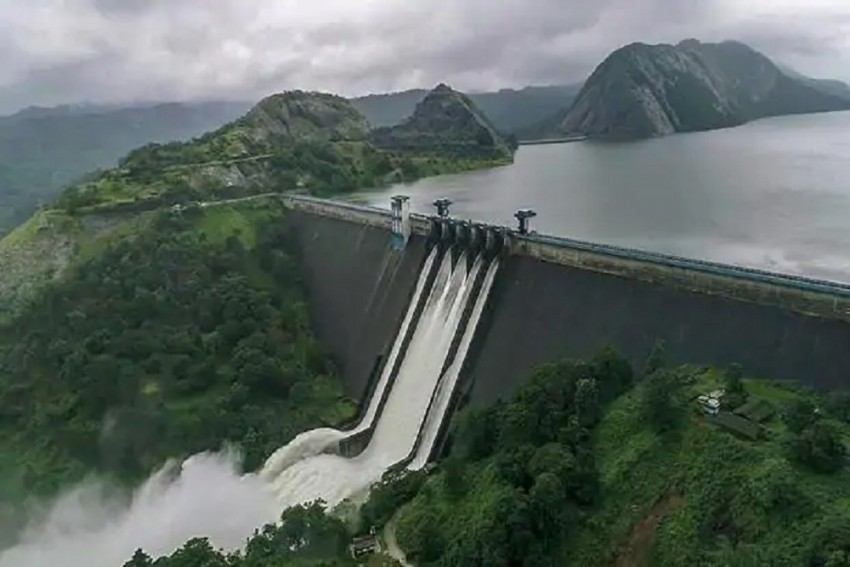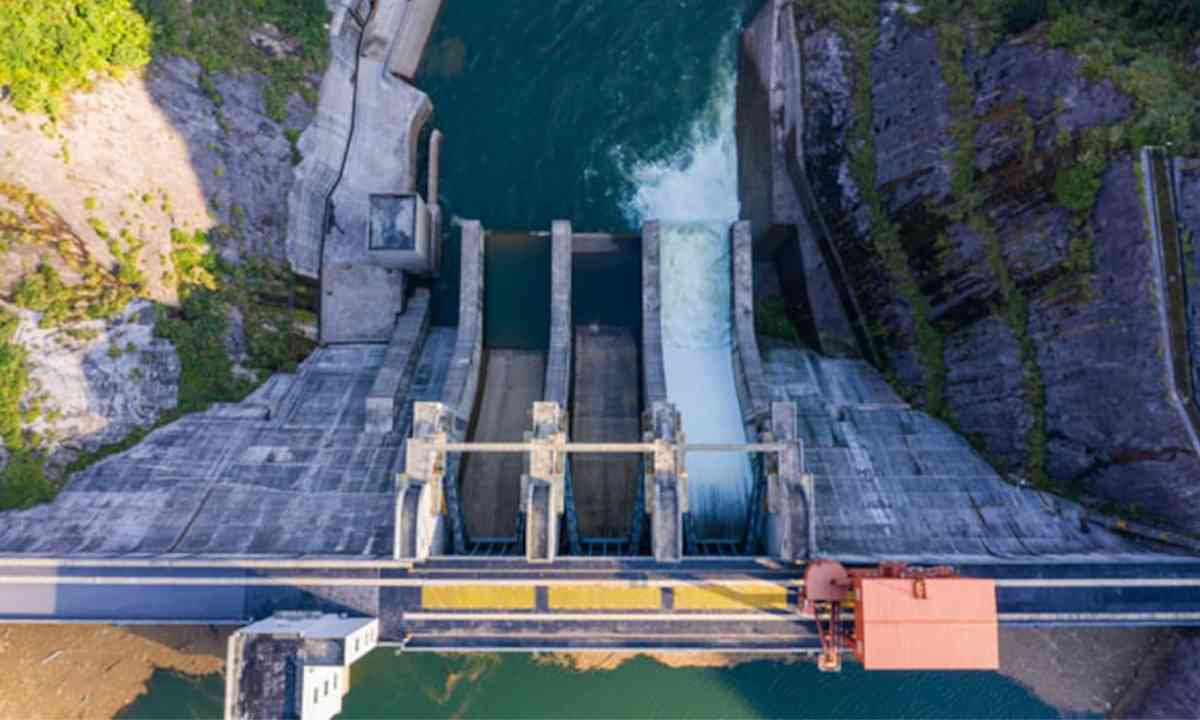New satellite imagery has shown that China is building a new dam in Tibet on a Ganga tributary, close to the tri-junction of its borders with India and Nepal. This dam could be used to control the flow of water downriver.
Damien Symon, a geospatial intelligence researcher at the Intel Lab, tweeted satellite images on Thursday showing Chinese earth development and dam construction activity on the Mabja Zangbo river in Burang county of Tibet since May 2021.

China has indeed been building a number of large hydroelectric dams in Tibet, including the Zangmu Dam, the Jiexu Dam, and the Jiexu 2 Dam. These dams are part of China's larger plan to increase its hydroelectric power capacity and reduce its dependence on coal-fired power plants.
The Zangmu Dam is located on the Brahmaputra River in Tibet and has a capacity of 510 MW. It became operational in 2015.
The Jiexu Dam and Jiexu 2 Dam are located on the Yarlung Tsangpo River in Tibet and have capacities of 600 MW and 300 MW respectively.
The construction of these dams has raised concerns about the potential impact on downstream countries, particularly India and Bangladesh.
The dams are also raising concerns about the impact on the environment, particularly on the river's ecosystem, and the displacement of local communities.
The Chinese government has stated that the dams will not have a significant impact on downstream countries and that it has taken measures to mitigate the potential impact.
China has the plan to build a large number of dams on the Brahmaputra and Yarlung Tsangpo rivers, which could have a significant impact on downstream countries, particularly on water availability and flooding.
Some experts argue that China's hydroelectric dam building in Tibet is a political move as well as an economic one, as it helps Beijing to assert control over the Tibetan plateau.
There have been protests and opposition from locals, environmental groups and international communities against these dams.
China's move to build these dams has led to tensions with India and other downstream countries, who have expressed concerns about potential impacts on water resources and flooding.
Despite these concerns, China continues to build hydroelectric dams in Tibet as part of its broader plan to increase the use of renewable energy sources and reduce its dependence on fossil fuels.
© Vygr Media Private Limited 2022. All Rights Reserved

























